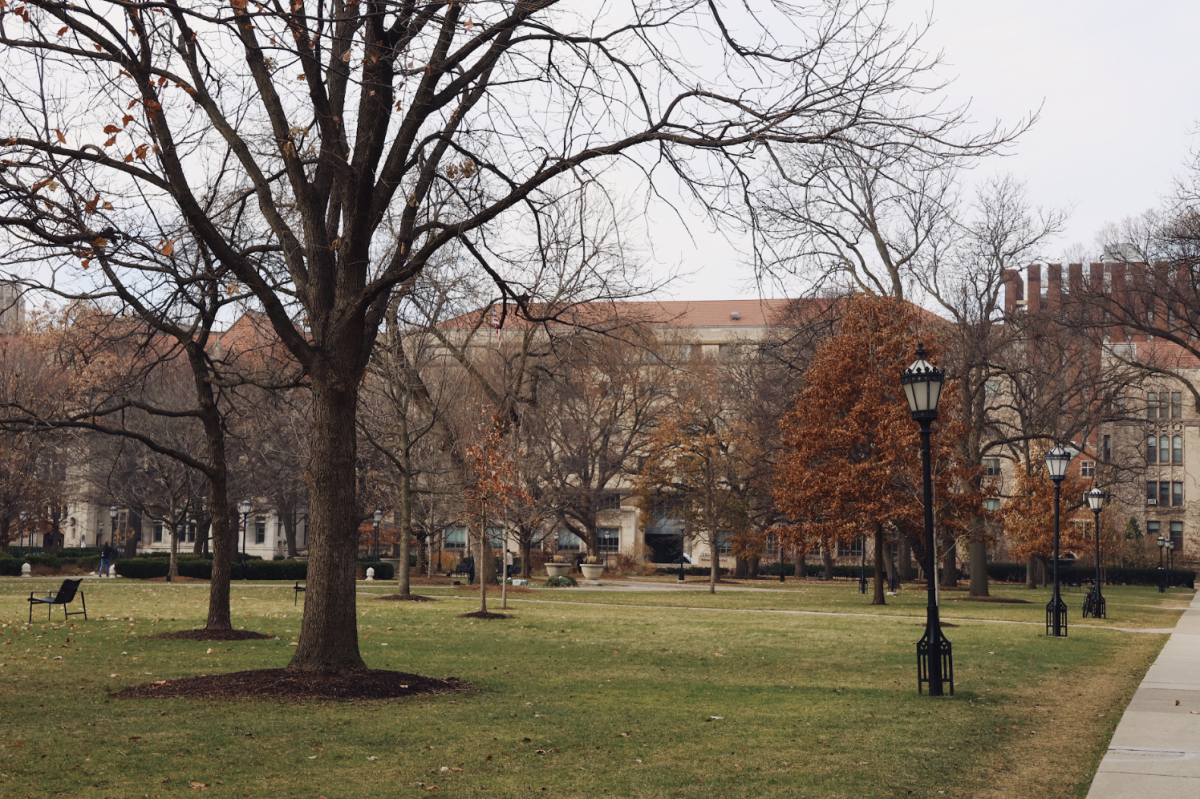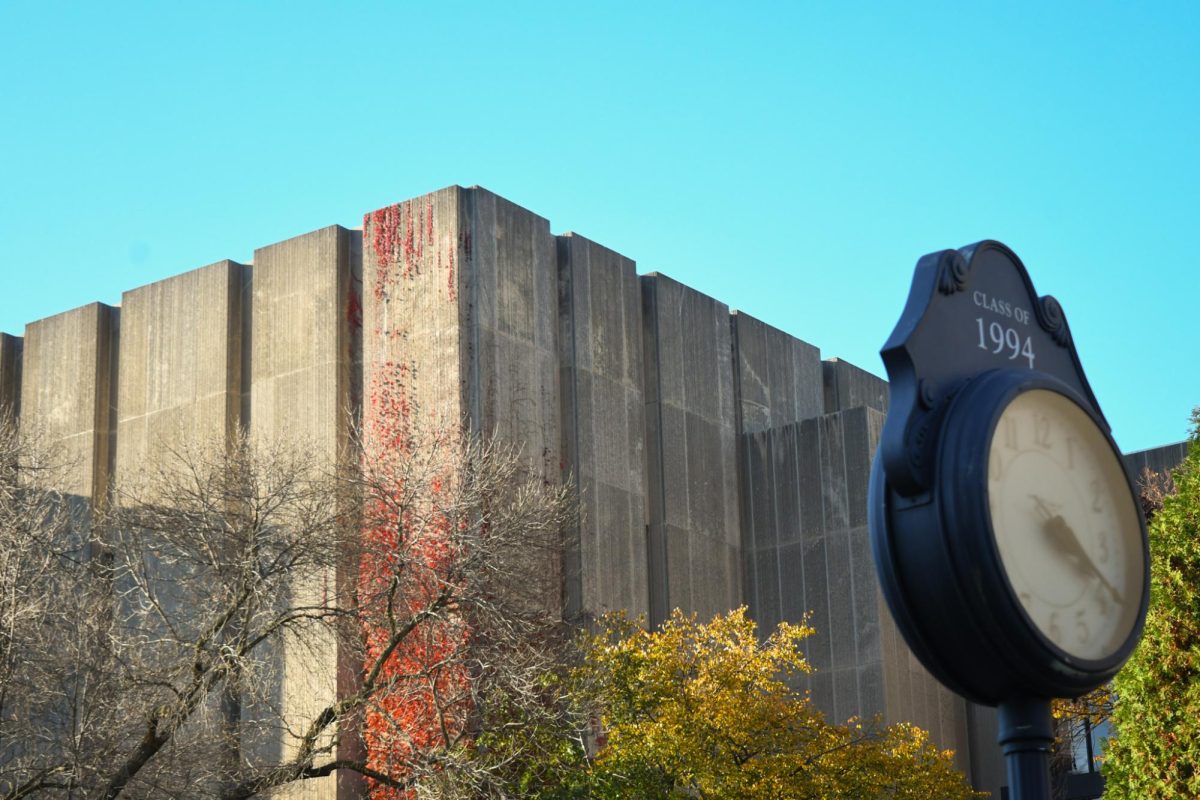As medical students, we have chosen a profession dedicated to treating illness and helping people live healthy lives.
Yet, early on during our training, we learn about the unequal access to care, unaffordable treatments, and medical debt that patients face because of our current private, for-profit health insurance system. We hear about physicians who are increasingly burdened with paperwork and frustrated by a system that does not serve their patients. We discover that despite spending more per capita on health care than other developed countries, the U.S. population has a shorter life expectancy, higher infant mortality, and worse overall health.
While the implementation of the Affordable Care Act (ACA) has expanded coverage, it fails to sufficiently address the problems our health care system faces. Around 33 million Americans remain uninsured, some indefinitely. These individuals are immigrants, who still cannot afford health insurance or live in states that have blocked Medicaid expansion. In addition to this remaining lack of coverage, increasing deductibles and cost sharing are also being used to shift the financial burden from insurers to patients. Over 50 percent of bankruptcy filings in the U.S. are due to illness and medical debt, even though the majority of individuals in this group has some form of coverage when they file for bankruptcy. Expanding insurance coverage that leaves patients vulnerable to the financial burden of illness is not the answer. Furthermore, narrow network health plans prevent patients from having continuity of care with their physicians and expose them to exorbitant (and often unexpected) out-of-network costs.
Medical students often ask what can be done about this. The clear solution is a single-payer health care reform. In a single-payer system, Medicare would be expanded to cover all U.S. residents, but care would continue to be delivered by private institutions. This would guarantee access to health care for the 33 million Americans who remain uninsured under the ACA, cover necessary services without co-pays, coinsurance, or deductibles, and contain health care costs by reducing the high administrative costs of for-profit insurers. While a single-payer wouldn’t solve all the problems that our health care system faces, it would be an important first step to make our health system more equitable, affordable, and efficient.
Implementing single-payer, or Improved Medicare for All, is far from revolutionary, and it can work in the U.S. We already spend more money than other countries that have implemented universal coverage. Furthermore, public opinion favors this approach. Recent polls have found that 58 percent of the U.S. population supports the idea of Medicare-for-all. Here at the Pritzker School of Medicine, a fall 2015 survey distributed by the school’s chapter of Physicians for a National Health Program (PNHP) identified 108 medical students and 119 physicians/faculty (including at least seven deans and six third-year clerkship directors) who publically supported single-payer. While many argue that single-payer would be too expensive for patients and the government, an economic analysis of the single-payer bill HR 676 in the U.S. House of Representatives showed that 95 percent of Americans would actually save money.
As a key hospital on the South Side of Chicago, single-payer could benefit rather than harm the bottom line for the University of Chicago Medicine. During the discussions around the Level I trauma center, a main argument brought forth against the expansion of the University’s emergency department involved the need to have a financially viable patient mix. Since Medicare and Medicaid reimbursement often do not cover the full cost of treating a patient, privately insured patients are needed to subsidize this uncompensated care. A trauma center would likely be used by patients in the surrounding communities who are insured by Medicare or Medicaid or are otherwise uninsured. Under a single-payer health care system, varying rates of reimbursements would not be an issue, and there would no longer be a financial incentive to serve the wealthy over the underinsured and vulnerable.
As doctors-in-training, we are excited to devote our futures to serving others, but we have already seen the struggles and burnout faced by providers and patients under our fragmented, expensive, and inefficient system. We want to practice medicine in a system that serves all Americans and guarantees health care as a basic human right for all. Those who stand to lose from single-payer in the U.S. have significant voices in the political sphere and include the for-profit insurance companies and their stakeholders, Big Pharma, and political leaders who benefit from the current status quo. However, as the next generation of physicians, if we stand together and make our voices heard, single-payer will be achieved in our lifetime.
Mark Chee, Rebecca Gieseker, and Rachel Stones are medical students at the Pritzker School of Medicine.









